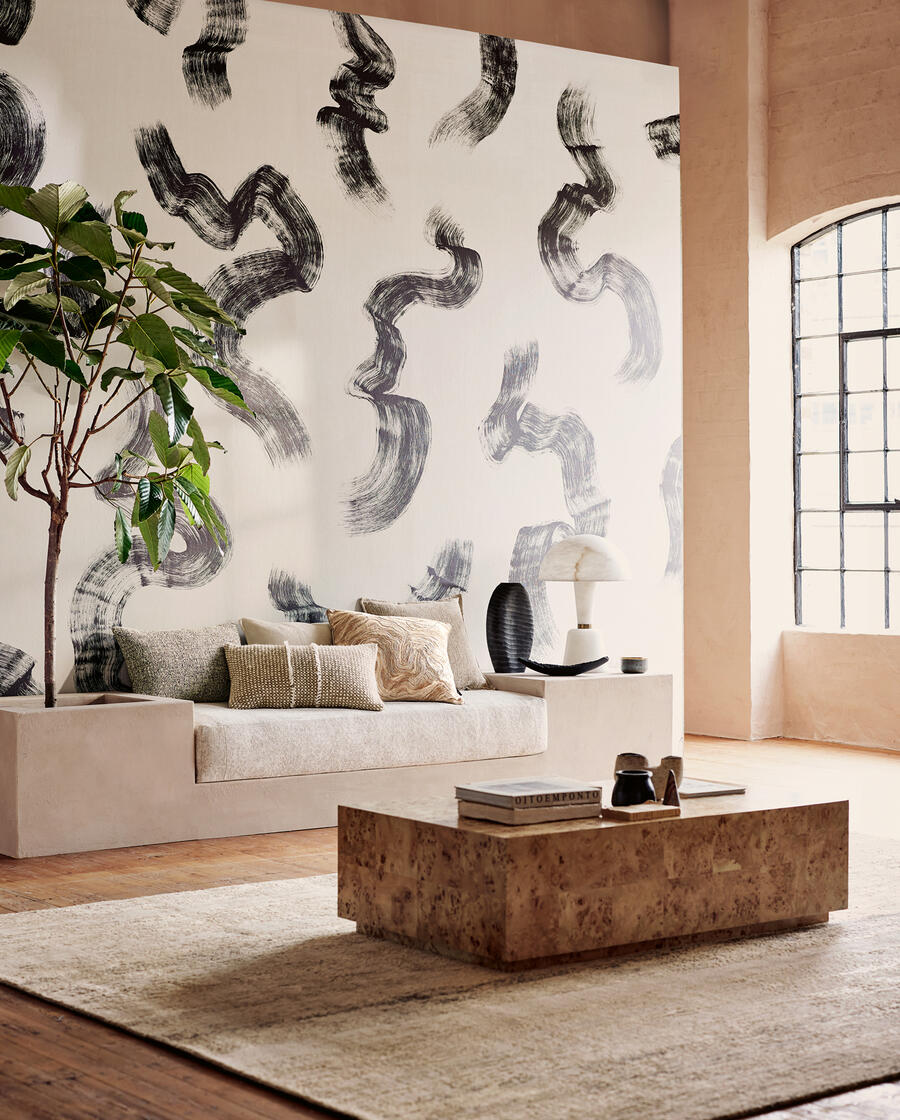Back in the early 2000s, a number of companies in the home furnishings business had a similar idea: They saw that the Ikea customer was getting a little older, had a little more money, and was looking for a place to buy furniture and decor for their next home, and the brands decided to fill that gap.
Two of those companies have gone on to become staples in home furnishings retailing: CB2 (which launched in 2000) and West Elm (which debuted in 2002). But a third company, Canada-based EQ3, took a somewhat different approach, emphasizing its roots as a furniture manufacturer and taking a more gradual approach to opening stores.
Now, 20 years later, it has emerged as a legitimate player in the space, with 17 stores in North America, a growing online-direct business and an ongoing wholesale operation selling to other retailers. For EQ3, it’s been a slow but steady climb—but anyone who visits the brand’s latest store in Manhattan’s Chelsea neighborhood knows the company has taken things to the next level. A three-story, all-glass corner jewel box, the store, which opened right before the pandemic shut down most of the city, is a powerful branding statement for a company many home furnishings shoppers are just getting to meet.
EQ3 launched in 2001 as a collection from the Canadian furniture producer Palliser, known for its flat-pack, high-quality case goods and upholstery products. Originally, EQ3 was on the gimmicky side, with novelty items better suited for college dorms and teenage bedrooms, but over the years, the collection has matured into a more sophisticated and better-designed product range as comfortable in a family home as it is in an urban condo.
“In the beginning, we were certainly much more glam and a lot of sizzle,” says Mark Letain, president of EQ3 and a company veteran who traces his history almost all the way back to those humble beginnings. “We’ve evolved and diversified our designs, and our quality, too. If we were once sushi and shiraz, we’re much more mature now.”
Letain says Ikea was considered the brand’s key competitor in the early days; now, it’s more likely to be retailers like Crate & Barrel, CB2 and West Elm. “We take our inspiration from RH and Design Within Reach, too,” he says. “We approach the same aesthetic but our price point is different.”
EQ3 looks to three customer pools for its business: the high-earning young professional, the young family moving into a larger home, and empty nesters who are downsizing. The company’s stores—11 in Canada and five in the U.S.—and its online sales represent 90 percent of its revenue, while the remainder comes from wholesale business to other retailers. It’s a privately held company now owned by the Tielmann family along with other investors (it was separated from Palliser years ago, though its former parent continues as a wholesale supplier in North America), and Letain declined to disclose the brand’s total sales but noted that business was up 30 percent last year—and is four times the size it was just a decade ago.
Much of that growth is coming from e-commerce, which will account for some 30 percent of the EQ3’s non-wholesale business this year—a figure up from 22 percent last year and just 5 percent three years ago. “We had always been grounded as a furniture-first company,” explains Letain. Today, the focus is much more on retailing, both in-store and online. And while additional locations may eventually follow, right now, the company continues to concentrate on its digital side.

With much of its product coming from its manufacturing facilities in Winnipeg (it also imports some furniture and many accessories from India and Indonesia), the company has escaped much of the supply chain logjam that is currently tripping up much of the home furnishings business. “We don’t tell the North American manufacturing story well enough,” admits Letain. “We don’t want to be deceptive about it all being made in Canada, but we are trying to focus on the ‘Canadian by design’ theme.”
The product line, as expected, veers toward classic modern designs, as evidenced by a recent virtual tour of the new Chelsea location from store manager Clinton Montgomery. Many of the products on display in the airy, open showroom have been bestsellers in the EQ3 line for years. They feature clean lines, often with hidden storage and monochromatic fabrics, all inspired by the company’s chief design officer, Enri Tielmann, nephew of company founder and co-owner Peter Tielmann. Letain says it’s a combination of “Bauhaus lines and shapes with Canadian cultural elements—and it needs to be comfortable, too.”
Most of the products in the store are fully assembled and ready to go, but EQ3 also counts custom as one of its points of differentiation, especially given its North American sourcing. The store carries a smattering of merchandise from third parties as well, including Casper mattresses, Marimekko soft goods, Pablo lighting and a few accessories. With many key competitors in the neighborhood—Pottery Barn, Room & Board and West Elm all have stores within a few blocks—the new outpost needs to be both competitive and distinctive.
With its recent growth, EQ3 seems poised to move onto more radars of its target shoppers. As the pandemic lessens, Letain expects business to continue to stay strong, with urban locations returning perhaps a little slower than suburban stores. And while its Canadian heritage is not front and center in the brand’s marketing, it doesn’t hide it, either. As it explains on its website: “We’re proud of where we’re from. But not because of plaid shirts and maple leaves. We’re proud because everything we do is guided by a uniquely Canadian approach to design. An approach that takes responsibility for not only the design of a product, but the process. An approach that focuses on making furniture that’s timeless, not trendy. An approach that is transparent and collaborative.”
Homepage photo: The Ease expandable round dining table and Wren dining chairs | EQ3
____________
Warren Shoulberg is the former editor in chief for several leading B2B publications. He has been a guest lecturer at the Columbia University Graduate School of Business; received honors from the International Furnishings and Design Association and the Fashion Institute of Technology; and been cited by The Wall Street Journal, The New York Times, The Washington Post, CNN and other media as a leading industry expert. His Retail Watch columns offer deep industry insights on major markets and product categories.






























